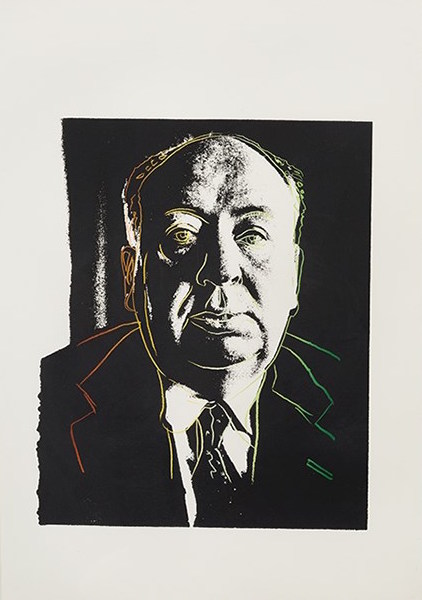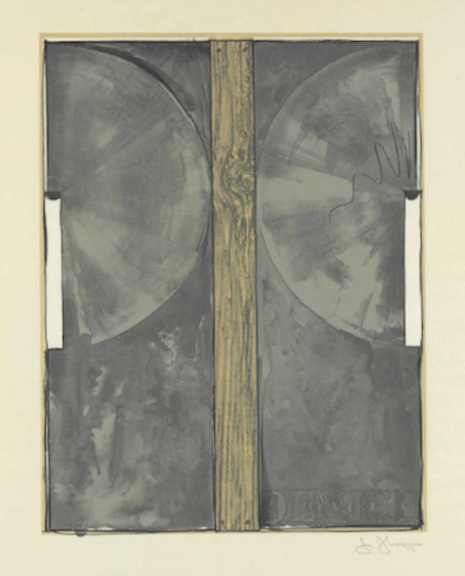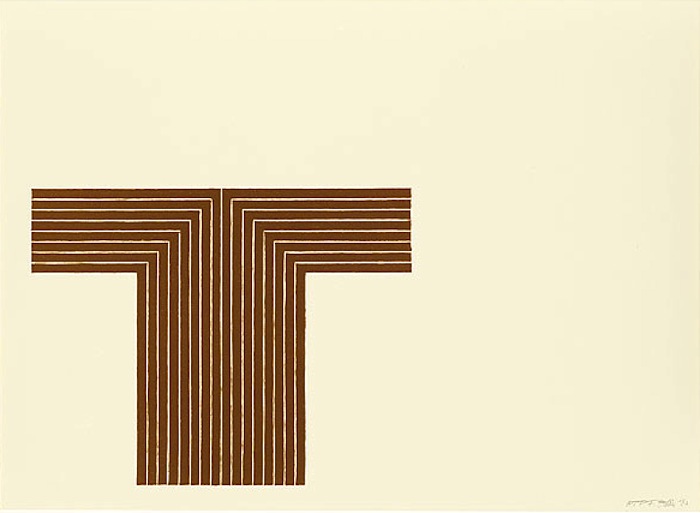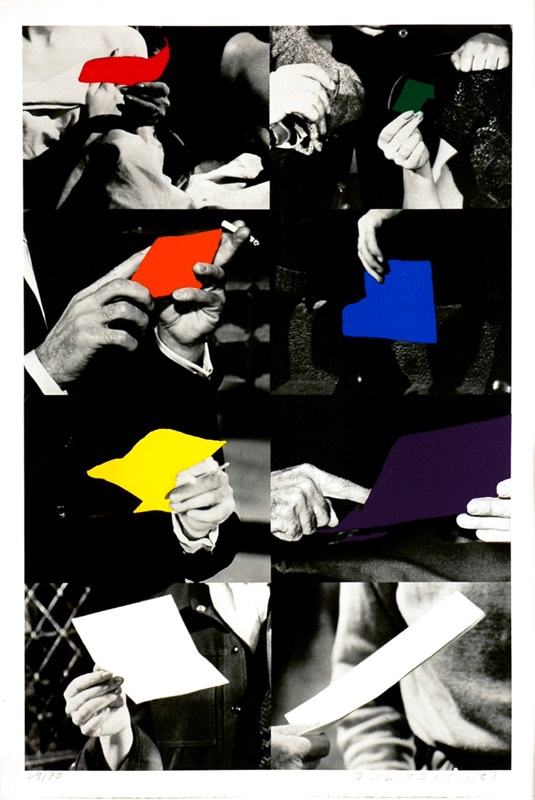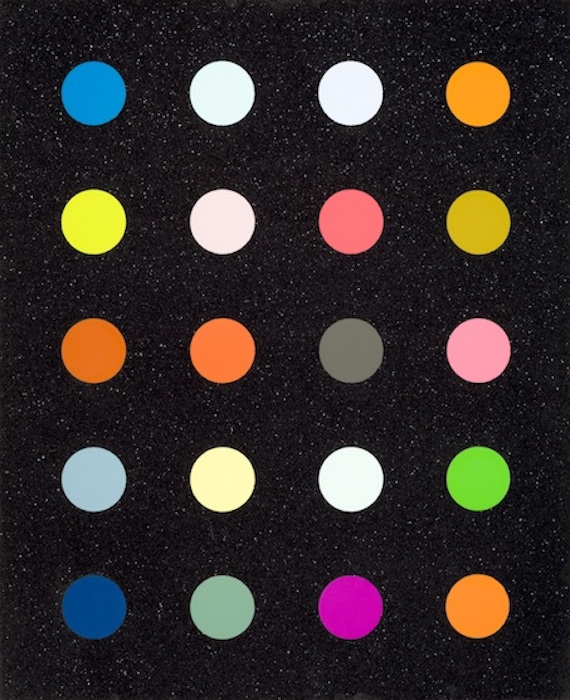Tom Wesselmann, Fast Sketch Red Stockinged Nude
Tom Wesselmann
Fast Sketch Red Stockinged Nude
1991
Screenprint
26 x 36 5/8 in.
Edition of 100 Pencil signed & numbered
About This Work:
Considered by many to be a Pop artist, Tom Wesselmann would rather be called an artist of the post-Matisse era, according to his wife Claire. Nothing can be truer, as evidence by his screenprint entitled Fast Sketch RedStockinged Nude. This work screams of Matisse, in a contemporary setting.
After a dream concerning the phrase “red, white, and blue”, Wesselmann spent his entire career trying to depict the Great American Nude. Many of these nudes show an accentuated, more explicit, sensuality. Often times, Wesselmann did not even need to paint the entire female body to exude sensuality. He would simply depict a woman’s mouth with intensely red painted lips with cigarette smoke coming out of it, or red painted fingernails holding a smoking cigarette to imply or suggest sexual fulfillment. At the same time, Wesselmannincorporated the use of negative space (the white or colorless area) as the image, and the positive (use of color) to direct our eyes to this negative space.
Fast Sketch Red Stockinged Nude is a perfect example of Wesselmann’s concept. Here the viewer is drawn to this modern day Odalisque, by her vibrant red stockings, but the main image is that of the negative space. The choice of the color red for her stockings suggest sensuality, as well as her reclining position. Is she just relaxing with her hand on her breast, or does he suggest a form of titillation? Lets leave that for the viewer to interpret.
In the early 1980’s Wasselmann was consumed with the idea of creating a drawing by using steel. These were know as his “steelcuts” His fast sketched designs would be the basis for these works. These fast sketches would enable him to form, and cut his images out of steel, while still maintaining a resembled gestural brush stroke, or a drawn line.
Again, Fast Sketch Red Stockinged Nude is created with this technique in mind. The simplistic clean lines reduces the work, where it could be considered pop art, but the real intention of the artist was to simplify the work enough just to accentuate the sensuality and sexuality of his women.
About The Artist:
Tom Wesselmann was born in Cincinnati in 1931, and studied art first in Cincinnati, then in New York at the Cooper Union. When he was a student at Cooper Union, he was much influenced by Abstract Expressionism, especially Willem de Kooning and Jackson Pollock. However, he turned away from that style because he determined these artists had become so introspective that there was little room for creative exploration by others.
His reaction took him to Pop Art, the other extreme of action painting to a tightly controlled style and subject matter that was mundane–the antithesis of psychological complexities. Wesselmann, like Andy Warhol and Wayne Thiebaud, asserted that everyday objects had significance unto themselves and that they were worthy of depiction because of a common understanding about what they were. Wesselmann was one of the contributors to the three original portfolios that launched the Pop Art Movement
Thus, along with Andy Warhol, Roy Lichtenstein and Claes Oldenburg, Wesselmann started experiments in 1959 with small, abstract collages. Then, in 1960, he adopted advertising images to make bold amusing still lifes and interiors, collages and assemblages using commonplace household items, and often, a highly stylized female nude. This is what brought him fame and notoriety as a founder of American POP ART.
In the late 1960s an increasingly dominant eroticism emerged in works, with its more literal but still intense colours and tight, formal composition. The pictorial elements, exaggerated in their arabesque forms and arbitrary coloring, became significantly larger in scale in his works of the 1970s. Enormous, partially free-standing still-lifes moved into sculptural space, and finally became discrete sculptures of sheet metal. In the 1980s he returned to works for the wall with cut-out steel or aluminium drawings.
He has pioneered a number of art forms now strongly associated with him, namely his ‘drop outs’ where negative shapes become positive shapes and his ‘cutouts’ which utilize laser cut metal to create extraordinary three-dimensional drawings. He too, has been a remarkable printmaker having created large, spectacular silkscreens and lithographs.
His works are in most major museums around the world, including the Museum of Modern Art and the Whitney Museum in New York, the Hirshhorn Museum in Washington D.C., the Walker ArtCenter and the Minneapolis Institute of Fine Arts in Minneapolis, the Chrysler Museum in Norfolk, the Philadelphia Museum of Art, the Dallas Museum of Fine Arts, the Worcester Art Museum, the Princeton University Art Museum, the Atkins Museum of Fine Arts in Kansas City MO, the Albright-Knox Art Gallery in Buffalo, the Cincinnati Art Museum, and many others. His works can also be seen in important public museums in Germany, France, Denmark.
For more information and price please contact the gallery at info@gsfineart.com


